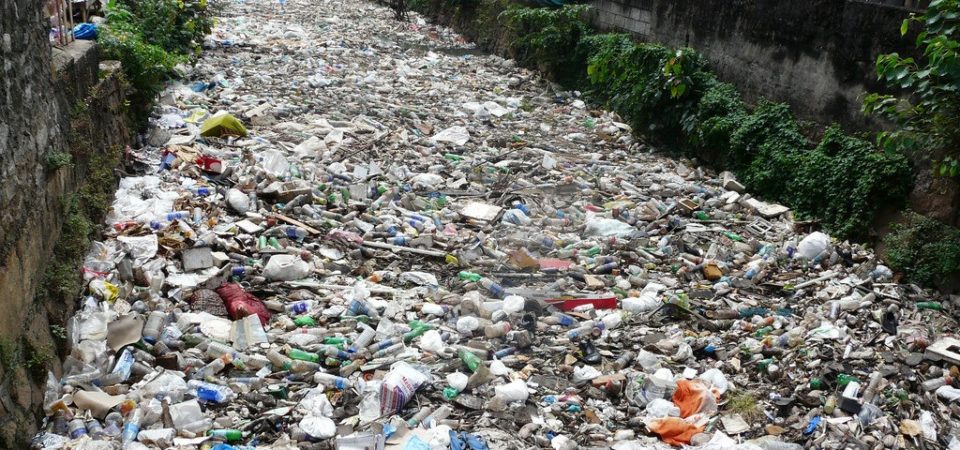Increasing industrialisation, urbanisation and changes in the pattern of life, which accompany the process of economic growth, give rise to increasing quantities of waste leading to increased threats to the environment. India’s 377 million urban folks are generating 62 million tonnes of waste every year. According to a government task force report on waste to energy published in 2014, if the growing urban population coupled with the nation’s burgeoning economy, purchasing power and consumption patterns are factored in; the total urban waste in India is likely to rise to 165 million tonnes by 2031. These figures are a major cause of concern and if waste materials in such quantities are left untreated each year, India will need 454 sq. km, or one-third of the size of Delhi, for dump sites alone.
There has been a global push to convert ‘waste to wealth’, with a recent emphasis on promoting the concept of ‘Circular Economy’ which is an alternative to the traditional linear economy (make, use, dispose). In the circular economy, we keep resources in use for as long as possible, extract the maximum value from them whilst in use, then recover and regenerate products and materials at the end of each service life. In a circular economy, economic activity builds and rebuilds overall system health. The concept recognises the importance of the economy needing to work effectively at all scales – for large and small businesses, for organisations and individuals, globally and locally.
Transitioning to a circular economy does not amount to adjustments aimed at reducing the negative impacts of the linear economy. Rather, it represents a systemic shift that builds long-term resilience, generates business and economic opportunities, and provides environmental and social benefits.
Read the complete article here.
The views and opinions expressed through the MAHB Website are those of the contributing authors and do not necessarily reflect an official position of the MAHB. The MAHB aims to share a range of perspectives and welcomes the discussions that they prompt.
